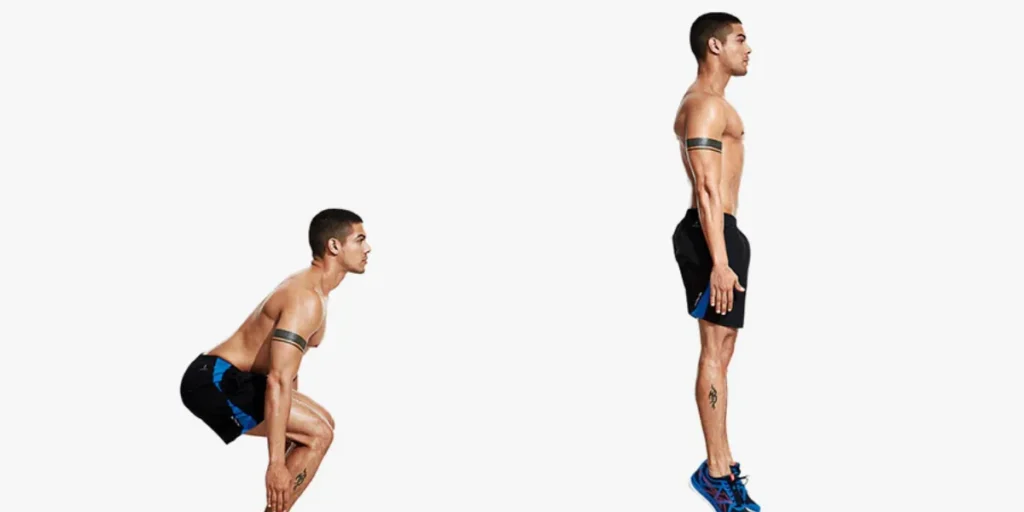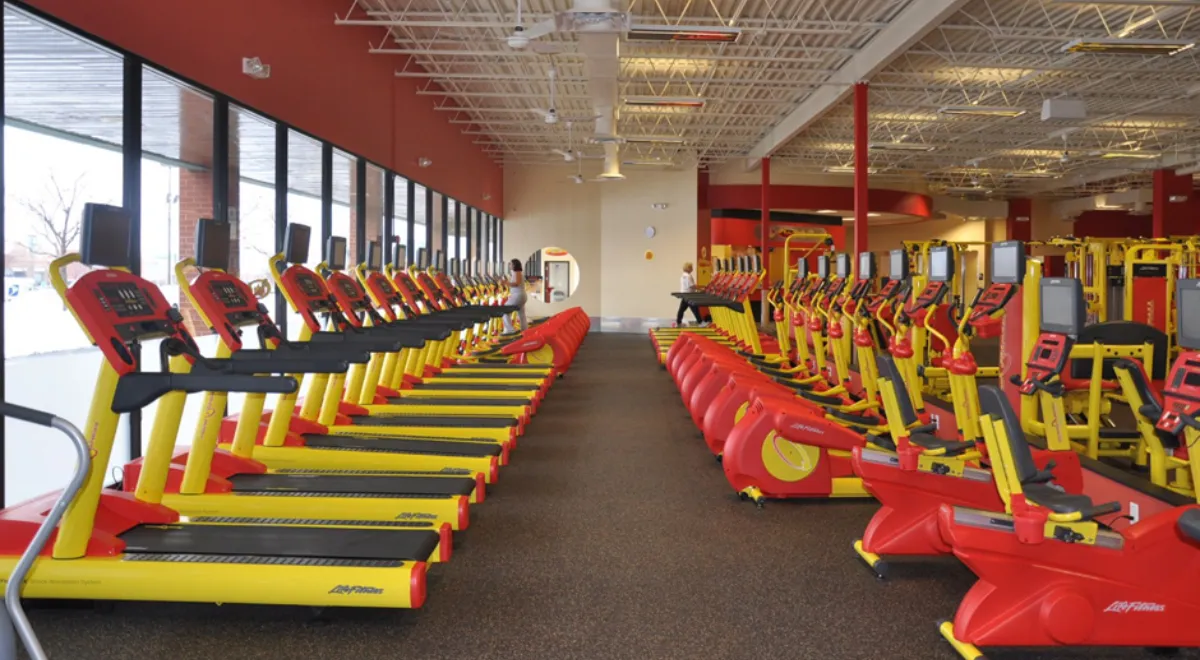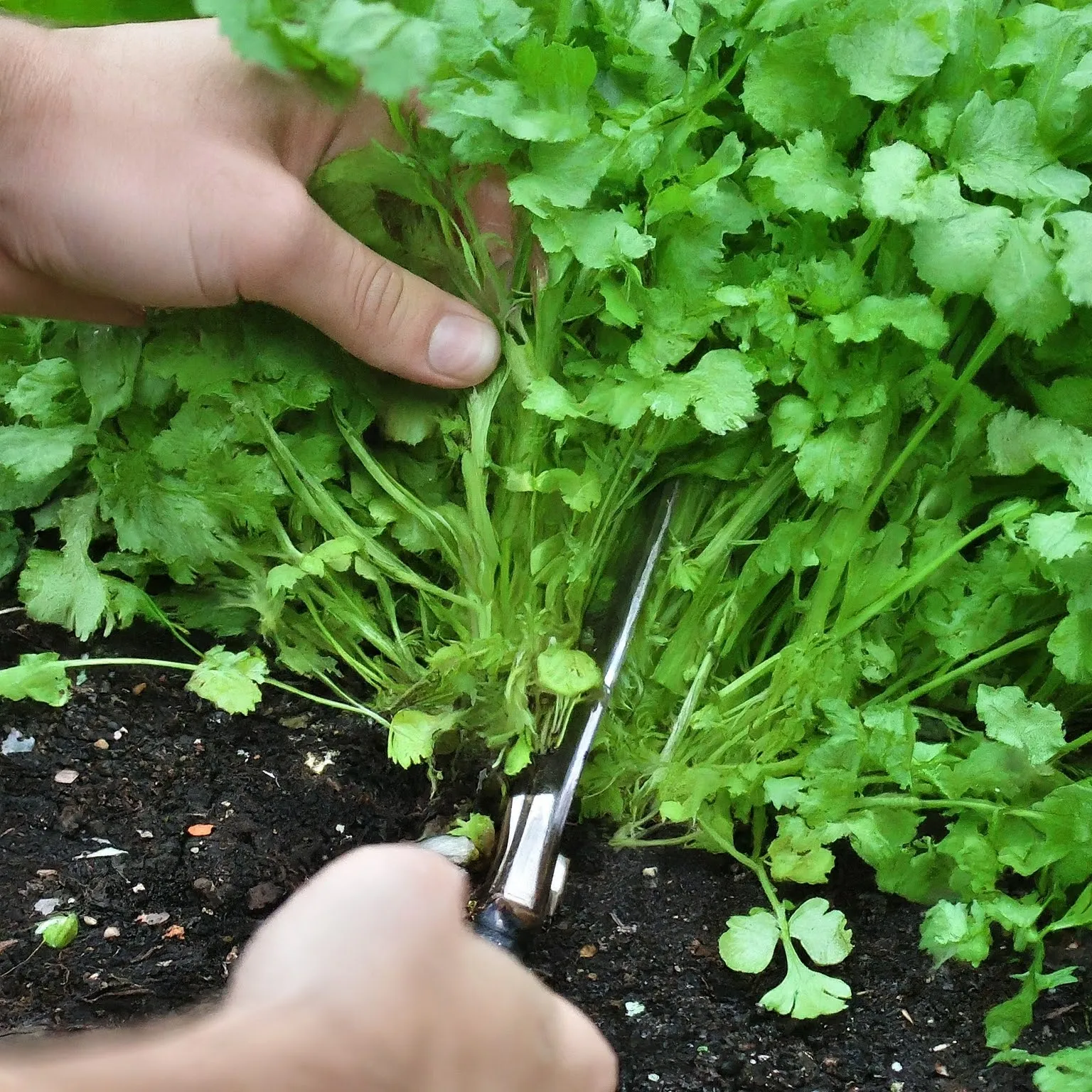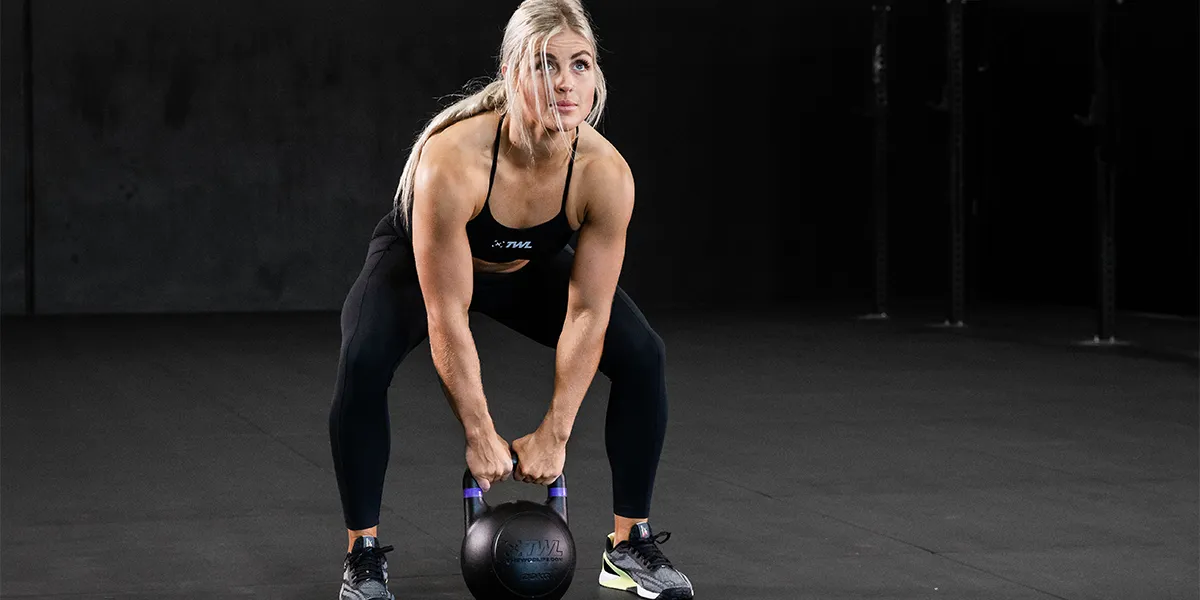The jump squat is a dynamic exercise that packs a punch. It’s not just about jumping high; it’s about building explosive power, strength, and agility. This exercise engages major muscle groups in your legs, core, and even your upper body, making it a fantastic addition to any workout routine.
Table of Contents
ToggleBenefits of Jump Squats
- Increased Power and Strength: Jump squats target fast-twitch muscle fibers, responsible for explosive movements. This translates to better performance in activities like sprinting, jumping, and plyometrics.
- Improved Athletic Performance: By enhancing power and agility, jump squats benefit athletes of various sports, from basketball and volleyball to sprinting and boxing.
- Enhanced Bone Density: The impact of jumping stimulates bone growth, strengthening bones and reducing the risk of osteoporosis.
- Boosts Metabolism: Jump are a high-intensity exercise that elevates your heart rate and burns calories efficiently, even after your workout.
Mastering the Jump Squat: Technique Breakdown
Here’s how to perform a proper jump squat:
- Stand tall: Feet shoulder-width apart, toes slightly pointed outward, core engaged, and back straight.
- Lower yourself: Squat down as if sitting in a chair, keeping your knees tracking over your toes and back straight. Descend until your thighs are parallel to the ground (or lower if comfortable).
- Explode upward: Push through your heels, driving yourself explosively off the ground. Extend your hips, knees, and ankles fully.
- Land softly: Aim for a controlled landing, bending your knees slightly to absorb the impact.
- Repeat: Immediately transition into the next jump squat, maintaining momentum.
Tips for proper form:
- Keep your core engaged throughout the movement.
- Maintain a neutral spine with a slight arch in your lower back.
- Avoid letting your knees cave inward.
- Push through your heels for a powerful jump.
- Land softly with knees slightly bent to avoid joint strain.
Variations of Jump Squats
As you progress, you can incorporate variations to challenge yourself further:
- Box Jumps: Step or jump onto a sturdy box, then step or jump back down.
- Single-leg Jumps: Perform the jump squat on one leg at a time.
- Depth Jumps: Jump down from a platform and immediately explode upwards.
- Weighted Jump Squats: Hold dumbbells or a medicine ball while performing jump squats (use caution and proper weight).
Jump Squats vs. Regular Squats: A Side-by-Side Comparison
| Feature | Jump Squats | Regular Squats |
|---|---|---|
| Movement | Explosive, with a jump | Controlled descent and ascent |
| Focus | Power, agility, and explosiveness | Building lower body strength and muscle mass |
| Intensity | High impact requires good coordination | Moderate-impact, suitable for beginners |
| Equipment | High-impact requires good coordination | Bodyweight or barbells |
What does a jump squat work?
Squats are a multi-joint exercise that targets several muscle groups:
- Lower Body: Primarily works the quadriceps, hamstrings, glutes, and calves. These muscles are responsible for pushing you off the ground and generating explosive power.
- Core: Engages your abdominal muscles and obliques for stability and support throughout the movement.
- Upper Body: To a lesser extent, shoulders and arms are used for balance and coordination during the jump.
Do jump squats build abs?
Yes, jump squats indirectly engage your core muscles, including your abs, to maintain stability and proper form during the squat and jump. While not a targeted ab exercise, they can help strengthen your core.
Do jump squats burn belly fat?
Jump squats are a high-intensity exercise that elevates your heart rate and burns calories. This can contribute to overall fat loss, including belly fat when combined with a healthy diet and regular exercise. However, spot reduction (losing fat in a specific area) is not possible.

Are jump squats better than regular squats?
Both exercises offer benefits, but they target different aspects of fitness:
- Jump Squats: Focus on power, explosiveness, agility, and cardiovascular health.
- Regular Squats: Build lower body strength, and muscle mass, and improve core stability.
FAQs about Jump Squats
- Are jump squats safe for beginners? It’s advisable to master regular squats before progressing to jump squats. Consult a healthcare professional if you have any concerns.
- How many jump squats should I do? Start with 2-3 sets of 8-12 repetitions and gradually increase as you get stronger.
- Can I do jump squats every day? Rest is crucial for muscle recovery. Aim for 2-3 non-consecutive days per week.
- What if I don’t jump very high? Focus on proper form and gradually increase the depth of your squat before worrying about height.
- Are there any alternatives to jump squats? If jumping is not suitable, consider regular squats, lunges, or step-ups.
- Is it okay to land on my toes? Aim for a flat-footed landing to distribute the impact evenly. Landing on your toes can put a strain on your calves and Achilles tendon.
- Should I hold my breath during the jump? Exhale as you jump and inhale as you land to maintain proper breathing technique.
- How can I improve my jump height? Focus on explosive movements, core strength, and proper form. Plyometric exercises can also be beneficial.
- Can I use weights with jump squats? Yes, but use caution and start with lighter weights to avoid injury. Proper form is essential when using weights.
- I feel pain in my knees. What should I do? Stop immediately and consult a healthcare professional. Pain is a sign of potential injury.














